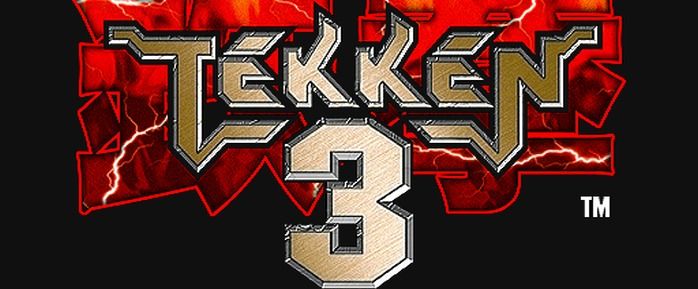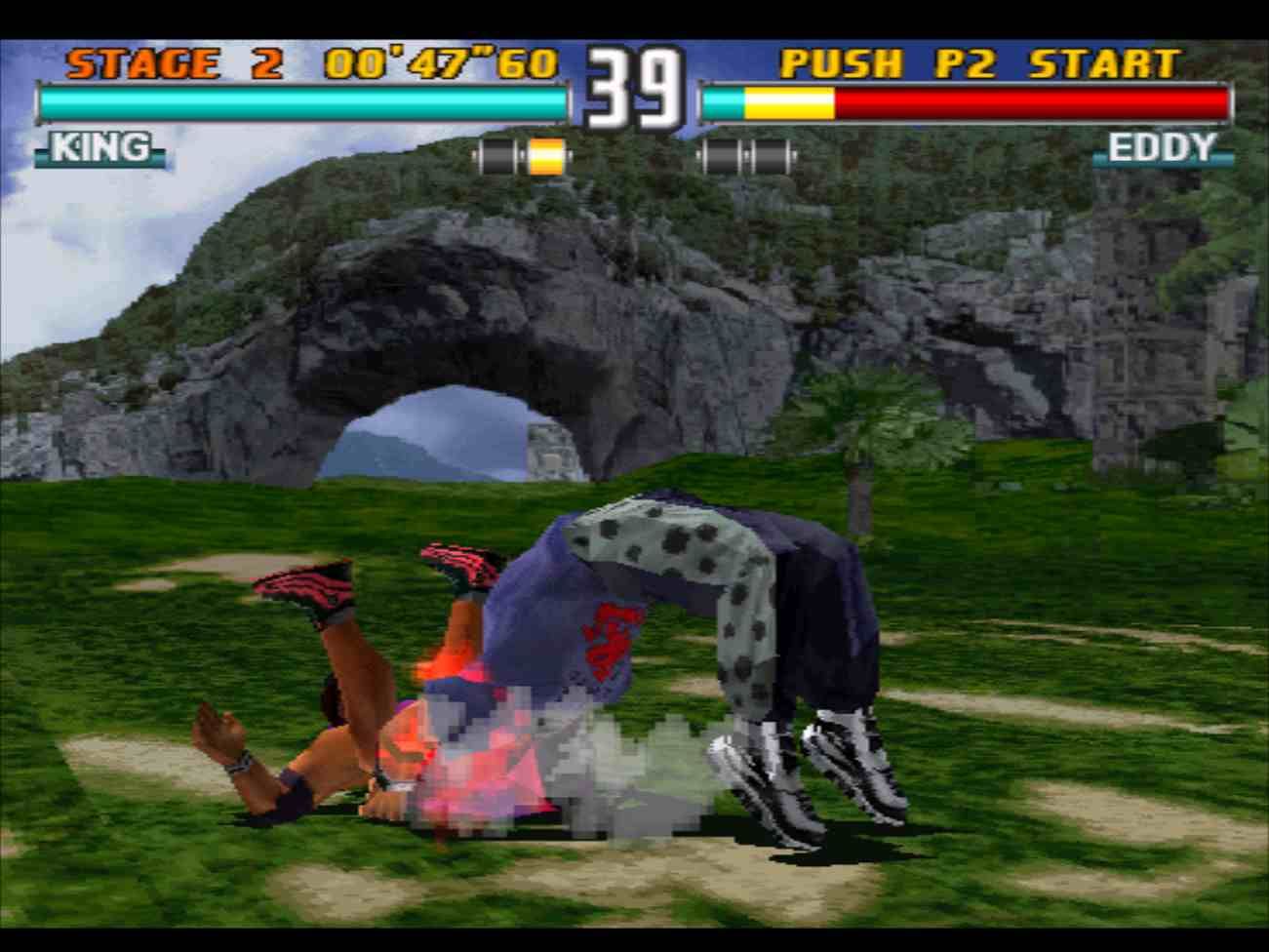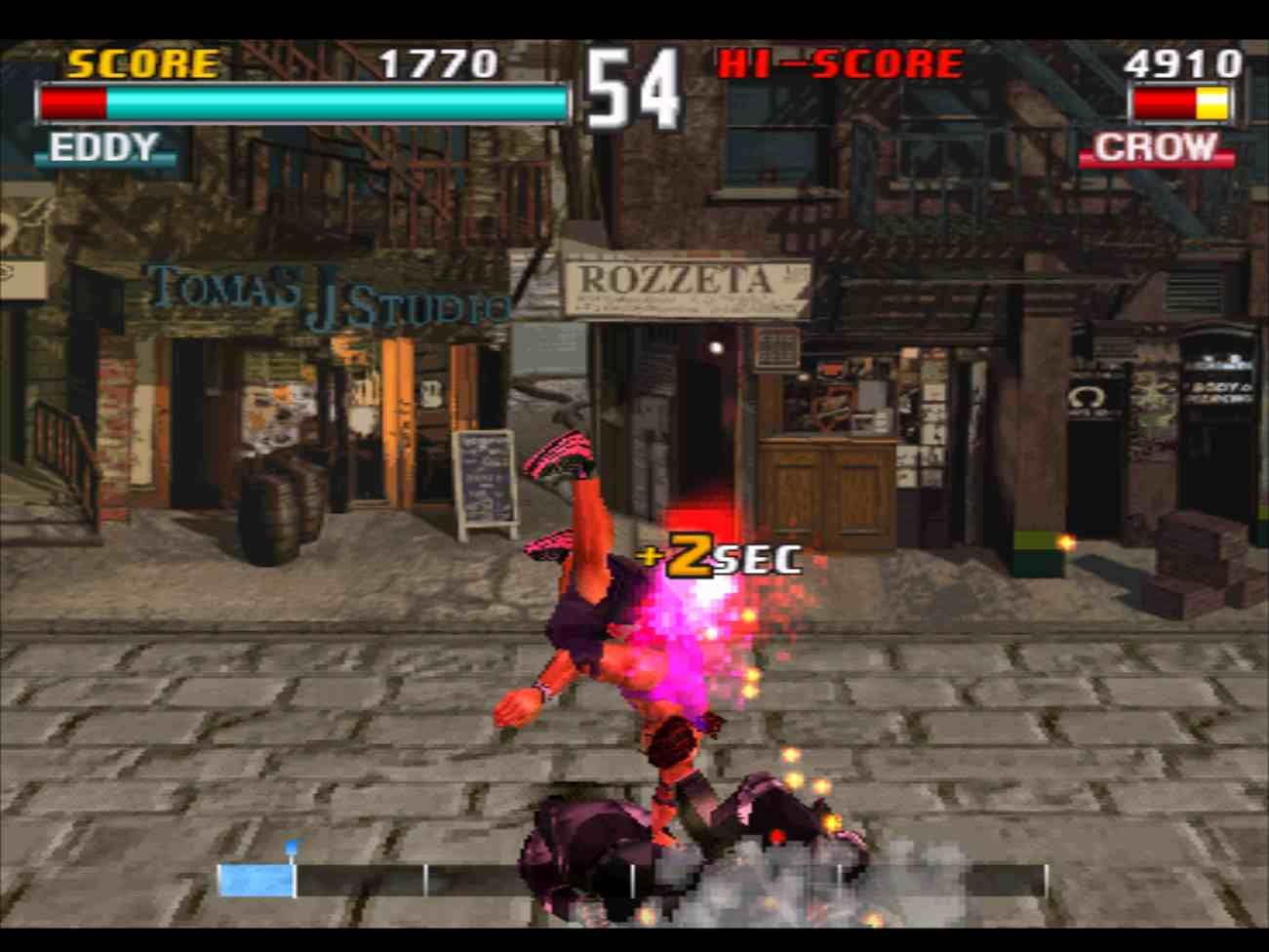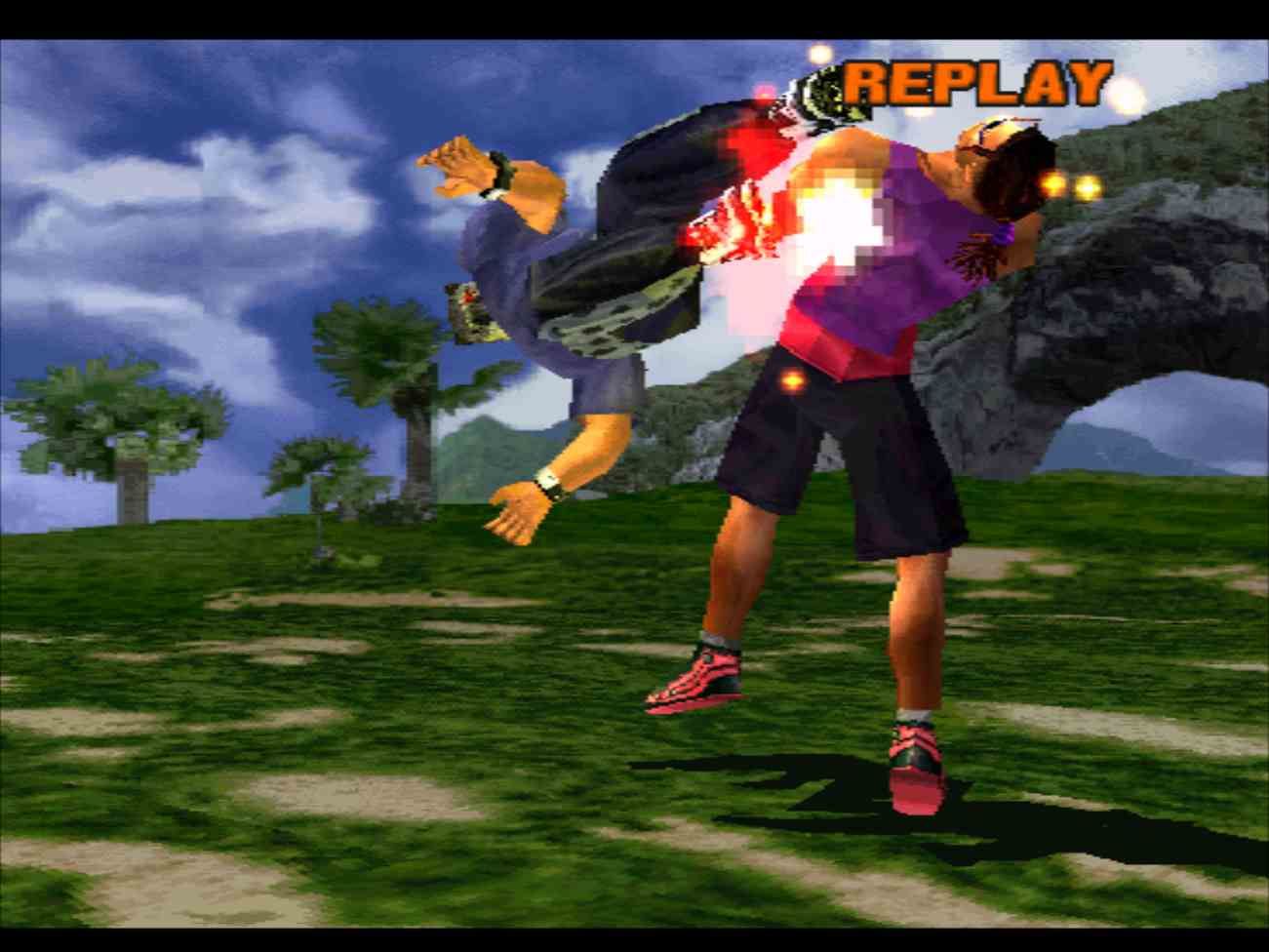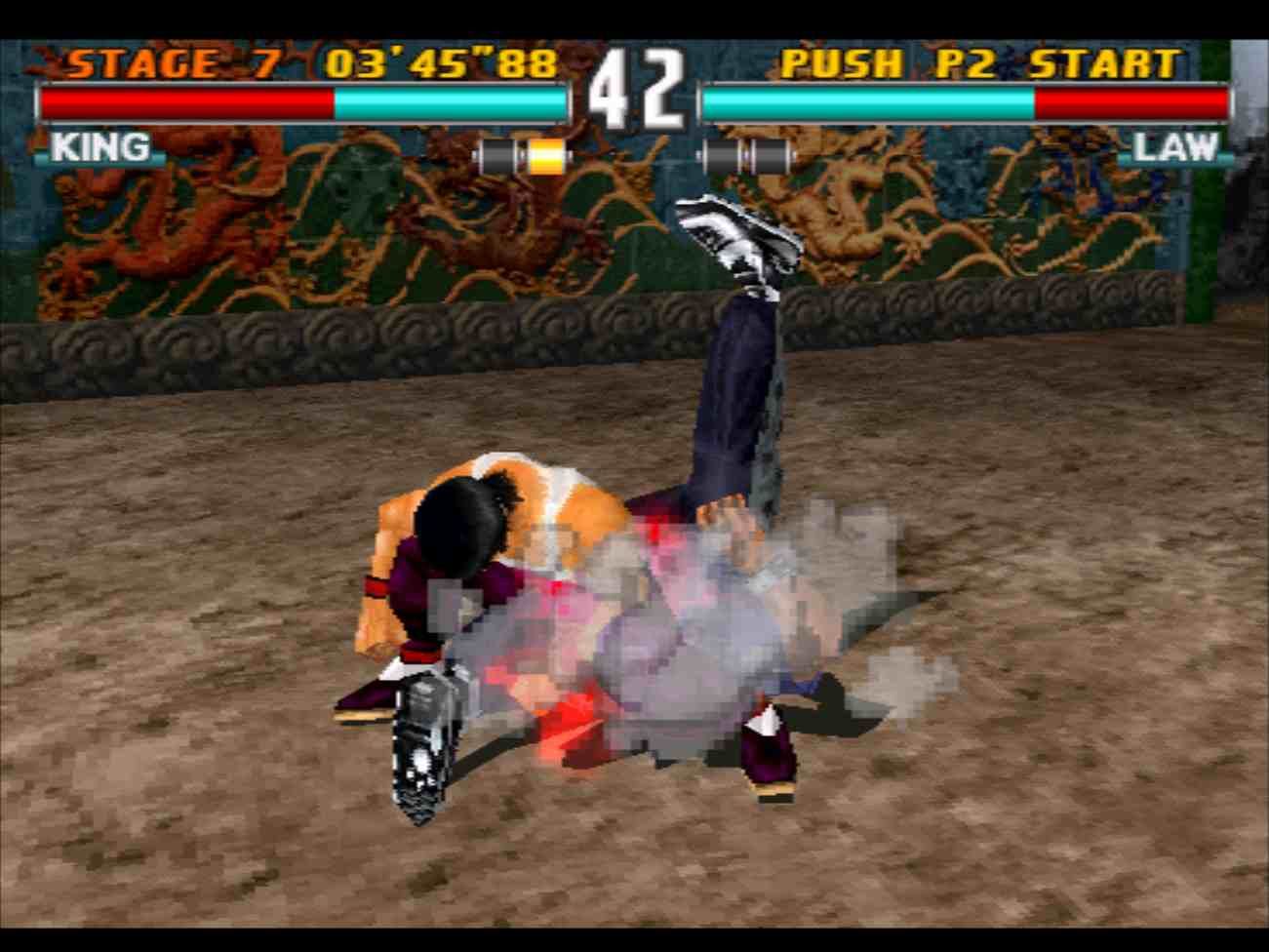Watch your step, for you’ve just entered the Graveyard. Inside, we’ll be digging up games that have long been without a pulse. You’ll see both good and bad souls unearthed every month as we search through the more… forgotten…parts of history.
Tekken 4 was a divisive, but fantastic entry in the series. The early days of the franchise were interesting because what started as a series from Namco meant to combat Sega's Virtua Fighter wound up standing out due to a few things. Its four-limb control setup was unlike anything on the market and made it easy to pick up and play, and its graphics were top-notch until Virtua Fighter 2 hit and raised the bar. The franchises went back and forth with Sega offering up impressive home ports of VF 2 on the Saturn and VF 3 on the Dreamcast, but largely doing arcade-based ports without a lot extra content. Namco went in the complete opposite direction whenever possible by offering up a ton of extras over time, and Tekken 3 really got that ball rolling with a landmark PS1 release.
Given that it was working off of native arcade hardware that was above what the console could do, Namco had to fine-tune the port and in doing so, created something that remains a benchmark for properly scaling a game to fit the hardware over twnety years later. The development team went with smart cutbacks visually in order to ensure that the game was beyond arcade-complete in terms of features. Tekken 3 on the PS1 marked the debut of Tekken Force mode -- the side-scrolling beat-em-up mode alongside the debut of Tekken Ball, a volleyball mode that stood out in its time and still does today.
The mainline Tekken 3 experience was the most polished fighter Namco offered to this point and had smoother controls than either prior entry. It also had the greatest roster size on the market and each character felt different outside of palette swaps. King and Armor King are great examples and in theory; they should be similar and yet they have different movesets and a different feel due to their speed. Armor King is slower, while King is a lot faster and uses more modern, flashier attacks to win.
The core gameplay is still as fast as ever, but far more refined and looks fantastic on the PS1. Animation is silky-smooth and while Namco did shrink down character models, they kept animation counts high. Work was done to cut back on backgrounds by having a single matte painting-style backdrop wrap around the stage instead of the arcade's more organic-looking environments as well. Smart cuts were made because the feeling of each environment was retained while also working within the limits of the hardware.
Tekken Force became something of a standard feature for console incarnations of the series for a while and even led Namco to create a Nina Williams-starring brawler on the PS2 a few years later in the form of Death by Degrees. The beat-em-up was on a downward trend after the early '90s, but having it represented as a secondary mode here gave it prominence again and reminded players of the fun they could have with the genre. Tekken Force actually wound up being a diverse brawler in terms of offense since characters had their movesets available and each character had their own pros and cons for the style.
Slower characters can in theory take out foes faster by doing more damage with each shot, but they take longer to dish that damage out and that leaves the player open to attack from all sides. King has been my main in the series since day one, but his slower attacks left him wide open for attack here. Eddy Gordo is one of the most fun characters to use in the main game and his fast attack speed alongside a wide radius for his attack damage made him an ideal pick for Tekken Force. One thing I'd forgotten about with the Force mode is that it's a one credit affair - so while you can refill health sometimes with everyone's favorite chicken on the ground, there isn't a way to get more lives. This makes things tougher, but also makes the player get better since there's also no save function within the mode.
Tekken Ball is a strange mix of volleyball with fighting game moves and one of the most visually-amusing modes in fighting game history. Where else can you have a giant robot playing volleyball with a panda bear? It's absurd and having things like different ball types with different physics attached show just how much care went into this mode that exists seemingly just for the absurdity of it and yet remained a staple of multiplayer sessions for that reason. It was a riot to just kick back and play a few rounds with friends and see who could win the most with the goofiest character.
Tekken 3's roster is one of the franchise's most insane, with the licensed dinosaur Gon being a game-breaker and the always-lying Dr. Bosconovitch being one of the toughest characters to use as a challenge being a couple of highlights. The inclusion of both Ogre and True Ogre makes for interesting action as True Ogre fills the screen and is one of the largest fighting characters of the era, while regular Ogre offers up an intimidating look and a quick, but deadly moveset. Tekken 3 was one of the final games that was both an arcade and console hit and allowed for a ton of unlockable characters via just beating the game.
Tekken 3's PS1 port has largely been locked to that console beyond being playable on the PS2 and PS3, likely due to the inclusion of Gon as he's a licensed character. The disc being playable on at least the PS3 ensures that the game can be played with an HDMI display in some capacity and maybe we'll see a revamped version released alongside the PlayStation Plus games when that service gets redone to include retro titles over time. Even a version lacking Gon would be a lot of fun to play. The game did get an arcade re-release in the PS2 version of Tekken 5, which included arcade versions of Tekken 1-3 and acted as a mini-compilation of sorts for the franchise to that point.
After nearly 25 years, Tekken 3 has held up remarkably well in the genre and remains one of the best overall values on the PS1. Tekken 3 was one of the few games that was made playable with Bleem! for Dreamcast, which wound up being the best-looking way to play it at the time. Playing it on a PS3 will yield similar-looking texture smoothing and that's better than trying to play it on the original hardware without an HDMI mod. Tekken 3 doesn't cost a ton now and will only set you back about $25 for a greatest hits version or about $40 for a black label.

